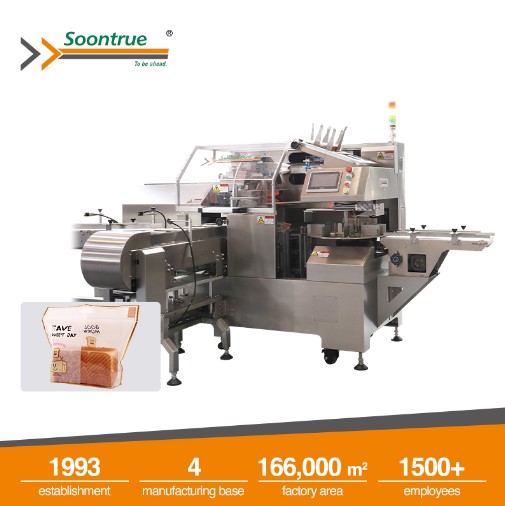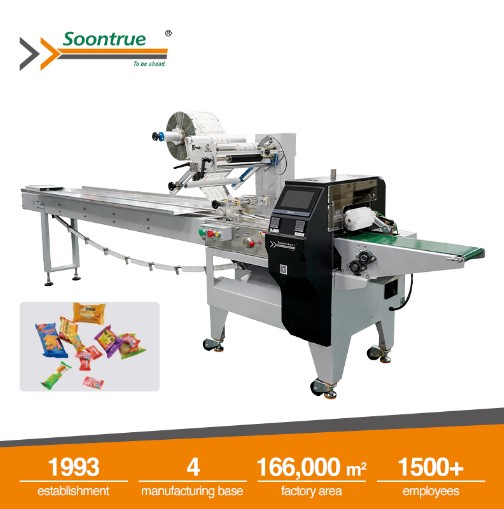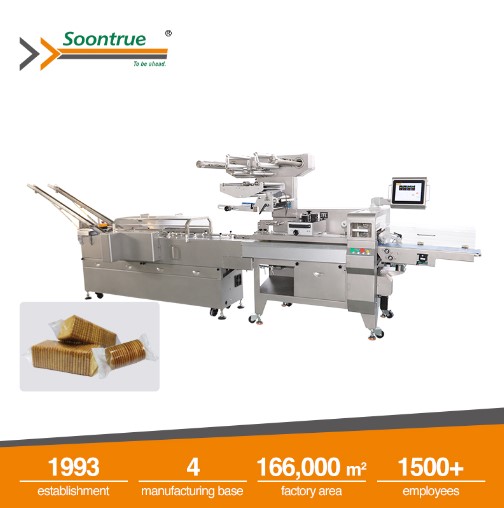Vertical Vs Horizontal Packaging Machine: What Is The Difference?
Packaging is critical in the manufacturing and distribution industries. It not only protects things, but it also functions as a branding and marketing tool. Manufacturers must decide whether to utilize vertical or horizontal packaging for their products. Both methods have distinct advantages and applications, and understanding the differences between them is essential for making the right choice. In this article, we will explore the key disparities between vertical and horizontal packaging to help you decide which method suits your specific needs.
What Is The Vertical Packaging?
Vertical packaging, commonly known as form-fill-seal (FFS) packaging, is a method of making containers out of flat rolls of film.The film is typically unrolled and shaped into a tubular form around a product. The package is then sealed and cut, creating a pouch or bag.
Key Characteristics Of Vertical Packaging
Efficiency And Versatility
Vertical packaging is highly efficient and versatile, capable of packaging a wide range of products, from granular items like rice to liquid products such as sauces and even non-food items like pet food or detergent. It can support a wide range of product shapes and sizes, including irregular shapes and sizes, making it a good solution for producers with diversified product lines.
Sealing Options
Vertical packaging provides a variety of sealing choices, including heat sealing, impulse sealing, and ultrasonic sealing, allowing producers to choose the optimum approach for their unique product and package material. This adaptability ensures product integrity and minimizes the risk of leakage or contamination.
Packaging Types
Vertical packaging may be used to create a variety of package styles, including pillow bags, gusset bags, and quad-seal bags. These options give manufacturers the flexibility to choose the packaging style that best suits their products and branding requirements.
Automation And Integration
Vertical packing machines are ideal for automation and integration into manufacturing processes. They can be integrated with other equipment like multihead weighers, augers, and volumetric fillers, streamlining the packaging process and increasing production efficiency.
What Is The Horizontal Packaging?
Horizontal packaging, on the other hand, is laying a product on a flat web of packaging material and wrapping it around it.This method is commonly used for products like chocolate bars, biscuits, and other items with a rectangular or square shape.
Key Characteristics Of Horizontal Packaging
Aesthetics And Branding
Horizontal packaging is often chosen for products where visual appeal is essential, such as confectionery, snack foods, and bakery items. The horizontal position of the packaging allows a broader canvas for branding, product graphics, and nutritional information, which can increase customer appeal.
Film Efficiency And Sustainability
In terms of film utilization, horizontal packaging may be quite efficient. It reduces material waste since it frequently includes accurate cutting and sealing. This efficiency can contribute to sustainability efforts by reducing packaging waste.
Ease Of Use
Products packaged horizontally are typically easy for consumers to open. Horizontal packaging frequently uses tear strips and resealable features to provide convenience while also guaranteeing that the food remains fresh and protected after opening.
Customization
Horizontal packaging is ideal for products with unique shapes or those that require custom die-cut windows or features. This personalization may make items stand out on the shelf and capture the attention of customers.
Secondary Packaging
Horizontal packaging may also be integrated into secondary packaging solutions like carton overwrapping or case packing, which are widely used in the food and beverage sector to bundle items for transit and retail display.
Choosing The Right Packaging Method
The choice between vertical and horizontal packaging ultimately depends on the nature of your product, production needs, and marketing objectives. Here are some factors to consider when making this decision:
Product Shape: If your product has an irregular shape, or if you want to emphasize aesthetics and branding, horizontal packaging may be the better choice. Vertical packaging may be preferable for commodities such as chips, snacks, and drinks.
Production Speed: Vertical packing machines are often faster than horizontal packaging machines, making them ideal for high-volume manufacturing. While horizontal packaging is adaptable, it may be preferable for low-volume or specialty items.
If you have limited floor space, a vertical packaging machine might be the more practical choice.
Packaging Material: Your choice may also be influenced by the sort of packing material you want to employ. Some materials may work better with vertical packaging, while others may be more suitable for horizontal packaging.
Conclusion
Choosing between vertical and horizontal packaging methods is a critical issue in the packaging industry that can affect product quality, efficiency, and marketability.As a leading packaging machine manufacturer in China, Soontrue offers a wide range of packaging machines including Vertical packing machine and horizontal packaging machine. If you are looking for them, contact us now!





